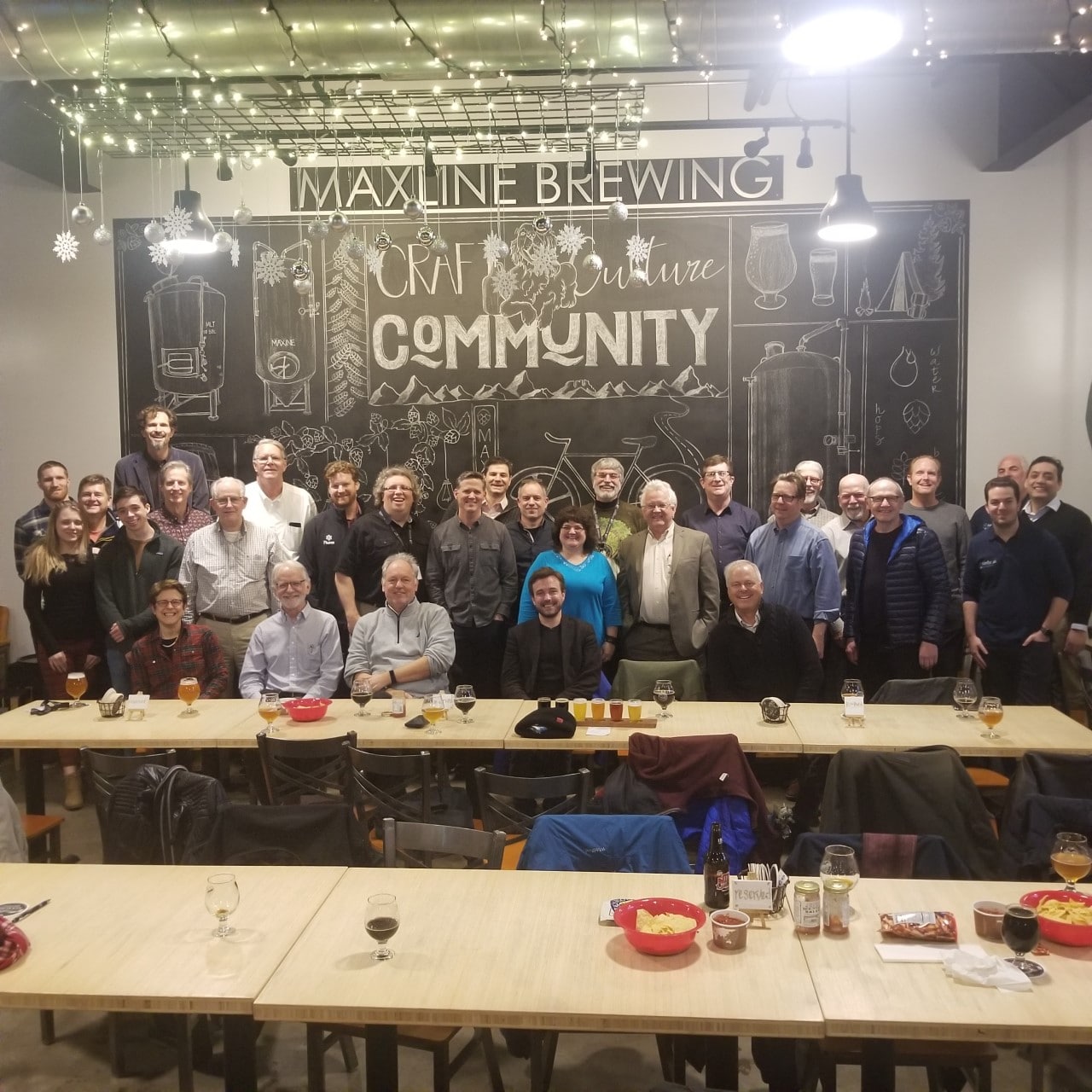Last year, we decided to call the first annual Data Centric Architecture Conference a Forum which resulted in DCAF. It didn’t take long for attendees to start calling the event “decaf” but they were equally quick to point out that the forum was anything but decaf. We had a great blend of presentations ranging from discussions about emerging best practices in the applied semantics profession to mind-blowing vendor demos. Our stretch goals from last year included growing the number of attendees, seeing more data-centric vendors, and exploring security and privacy. These were met and exceeded, and we’re on track to set even loftier stretch-goals for next year.
Throughout the Data-Centric Architecture Forum presentations, we were particularly impressed by the blockchain data security presentation by Brian Platz at https://flur.ee/. Semantic tech is an obvious choice for organizations wishing to become data centric, but we often have to rely on security frameworks that work for legacy platforms. It was exciting to see a platform that addresses security in a way that is highly compatible with semantics. They also provide a solid architecture that is consistent with the goals of the DCA, regardless of whether their clients choose to go with more traditional relational configurations, or semantic configurations.
We welcomed returning attendees from Lymba, showcasing some of the project work they’ve done while partnering with Semantic Arts. Mark Van Berkel from Schema App built an architecture based on outcomes from last year’s Data Centric Architecture Conference. It’s amazing what a small team can do in a short amount of time when they’re operating free from corporate constraints.
One of our concerns with growing the number of participants was that we would lose the energy of the room, the level of comfort in sharing ideas and networking across unspoken professional barriers (devs vs product? Not here!). Everyone was set up to learn from these presentations. The group was intimate enough that presenters could engage directly with the audience, which included developers, other vendors, and practitioners in field of semantics. We made every effort to keep presentations on target and to keep audience participation smoothly moderated, so coffee breaks were fertile ground for discussions and networking. So much of this conversation grew organically that we at Semantic Arts decided to open virtual forums to continue the discussions.
You can join us on these channels at:
LinkedIn group
Estes Park Group
While we’re on the topic of goals, here’s what we envision for next year’s Data-Centric Architecture Forum:
• Continuing with our mindset of growth – we want to see vendors bring the clients who showcase the best the tools and products have to offer. Success stories and challenges welcome.
• Academic interests – not that this is going to be a job fair, but Fort Collins IS a college town, just sayin’. Also, to that point, how do we recruit? What does it take to be a DCAF professional? What are you (vendors and clients) looking for when you want to build teams that can work on transformative tech?
• Continuing with our mindset of transparency, learning, and vulnerability. We still have to really solve the issue of security and privacy; how do we do that when we’re all about sharing data? What are our blind-spots as a profession?


